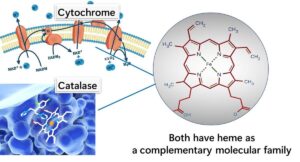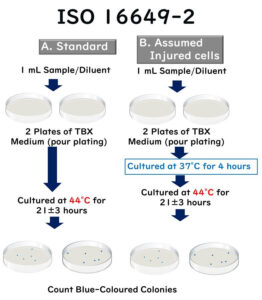When it comes to lactic acid bacteria, we can divide them into two main categories based on their fermentation style: homofermentative and heterofermentative lactic acid bacteria.
Homofermentative Lactic Acid Bacteria
First, let’s discuss homofermentative lactic acid bacteria. These bacteria convert glucose primarily into lactic acid as their sole fermentation product. Because they produce only lactic acid, these bacteria are particularly useful in the production of fermented foods like cheese and yogurt.
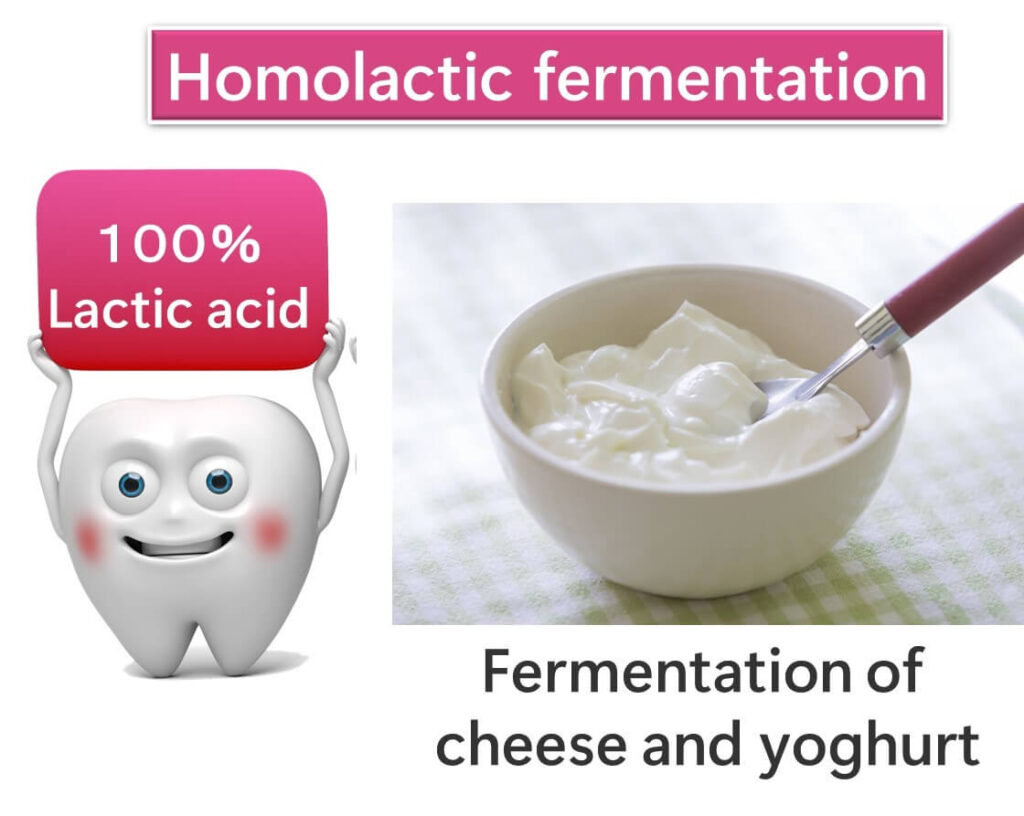
If you’re making cheese or yogurt, you’re likely working with homofermentative lactic acid bacteria, as they ensure lactic acid is the main product of the fermentation process. This characteristic makes them ideal for creating consistent flavors and textures in these types of food.
It’s worth noting that lactic acid fermentation isn’t limited to dairy products. You can find lactic acid bacteria on vegetables as well. These bacteria are salt-tolerant and can survive in salt-preserved environments, making them essential for vegetable fermentation. When vegetables are pickled in a brine solution, lactic acid bacteria thrive, lowering the pH and producing that distinctive tangy flavor.
So, whether you’re enjoying sauerkraut, kimchi, or other pickled vegetables, you can thank lactic acid bacteria for the delicious sour taste and preservation qualities. The role of homofermentative bacteria in these processes highlights their importance in the food industry.
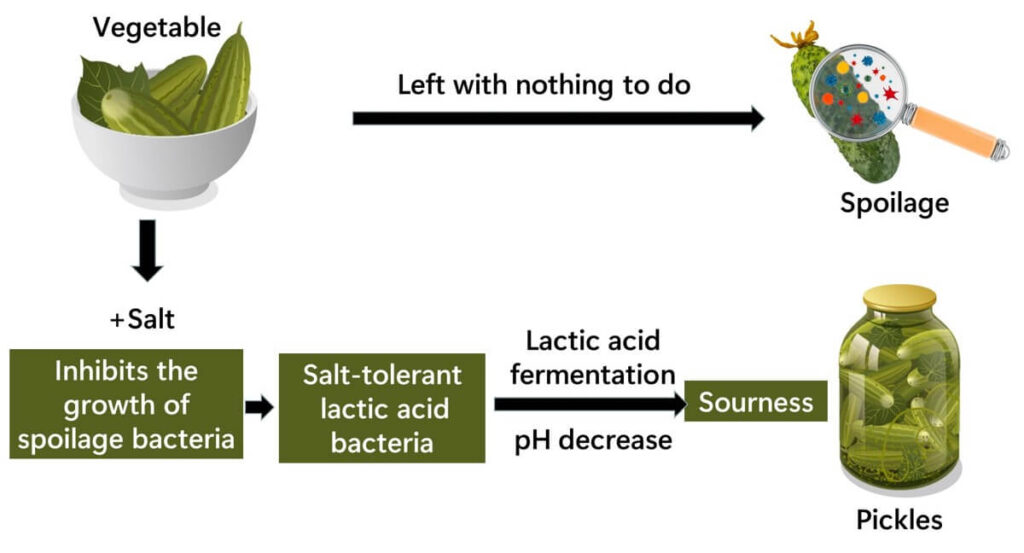
However, not all homofermentative lactic acid bacteria are necessarily beneficial. As noted in a separate article (see below), some strains of homofermentative lactic acid bacteria can cause food spoilage. This is a reminder that being homofermentative doesn’t automatically mean a strain is useful for food production.
Lactic Acid Bacteria: More Than Just Beneficial Bugs in Foods
Heterofermentative Lactic Acid Bacteria
Now, let’s look at the other group of lactic acid bacteria, known as heterofermentative lactic acid bacteria. Unlike their homofermentative counterparts, these bacteria produce additional byproducts, such as carbon dioxide and acetic acid, during glucose fermentation.
The presence of carbon dioxide and acetic acid can create issues in food products, such as gas formation and increased acidity, which in turn affect the taste and texture of food. This is why the presence of heterofermentative lactic acid bacteria can sometimes lead to food spoilage, a concern within the food industry.
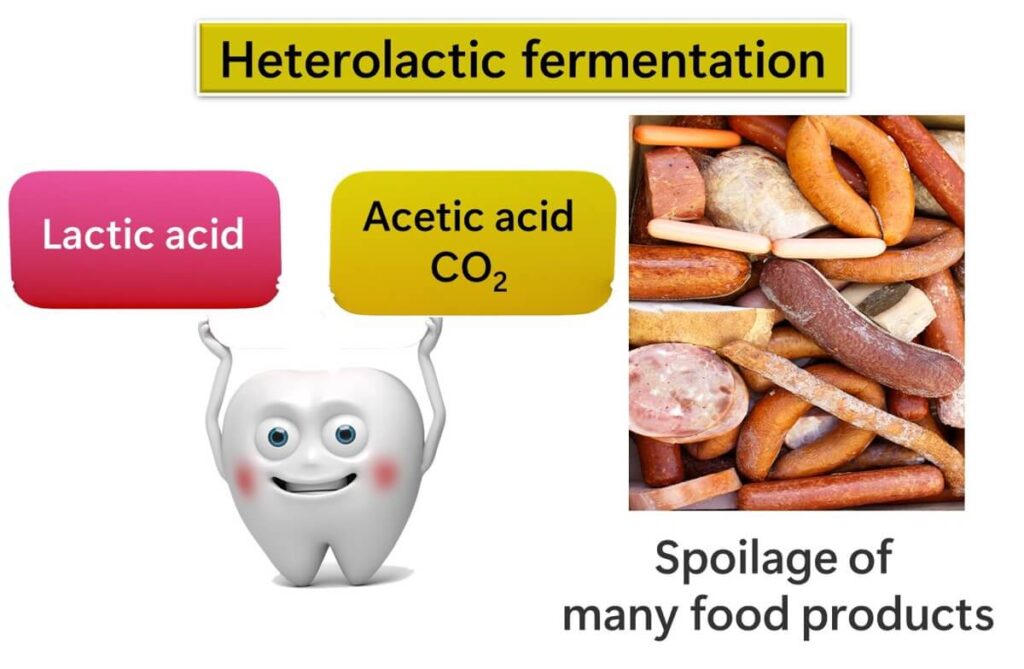
In summary, while homofermentative bacteria are widely valued for their predictable lactic acid production, heterofermentative bacteria require careful management to avoid undesired changes in food quality. By understanding the distinctions between these two types, food producers can better control fermentation processes to achieve the desired product characteristics.
Conlusion
Lactic acid bacteria, whether homofermentative or heterofermentative, contribute greatly to the food industry. Their unique fermentation styles impact the flavor, preservation, and quality of many fermented foods. By understanding these bacteria’s fermentation pathways, we can better appreciate their roles in food science and safely harness their benefits in various culinary applications.
So, it's important to note that heterofermentative lactic acid bacteria can contribute to food spoilage. This is a significant concern in the food industry, and you can find more detailed information about it in a separate article.
Lactic Acid Bacteria: More Than Just Beneficial Bugs in Foods
